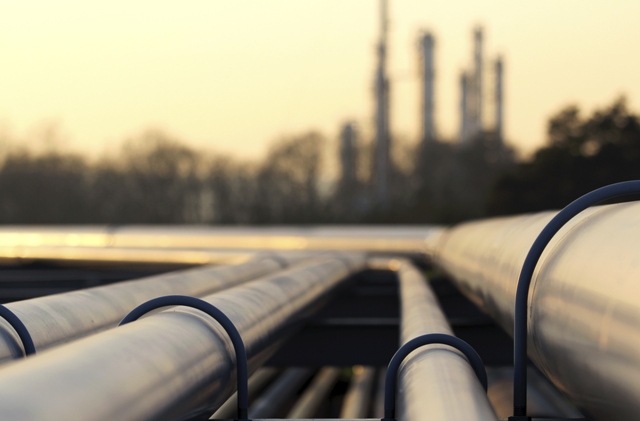
Alberta to invest $33M to step up fight against ‘low-hanging’ methane emissions
by David Kennedy, Online Reporter

Canada, U.S. and Mexico have pledged to decrease methane emissions in oil and gas industry 40 to 45 per cent by 2025; large portion of cuts seen as low-hanging fruit

Research shows a large percentage of methane emissions are a result of leaks within oil and gas systems. The technology funding will support both these fugitive emissions and other sources within the oil and gas industry
CALGARY—The Alberta government is stepping up efforts to dramatically reduce emissions of a potent greenhouse gas responsible for about 25 per cent of overall global warming.
Late last week, the province’s Environment Minister, Shannon Phillips, announced $33 million in new funding for companies or researchers developing technologies designed to fix leaks and address other major sources of methane emissions in Alberta’s oil and gas industry.
The new investment follows Alberta’s 2015 commitment to decrease methane emissions in the oil and gas industry to 45 per cent below 2012 levels by 2025. Canada, the U.S. and Mexico subsequently agreed to a similar 40 to 45 per cent methane emissions cut this year, uniting policies across most of North America.
The oil and gas industry is the largest global source of industrial methane emissions, though landfills, cattle and other agricultural activities are also significant contributors. While significantly less methane is released into the atmosphere each year than carbon dioxide, methane has a more than 25-times greater impact on the environment on a pound-for-pound basis.
With the potent GHG squarely in the crosshairs, the North American methane reduction plan is poised to have “big benefits,” Mark Brownstein, vice-president of Climate and Energy at the Environmental Defense Fund, said. North American countries account for about 20 per cent of global oil and gas methane emissions.
Putting the cuts in a wider context in an interview ahead of the Alberta Climate Summit in Calgary last month, Brownstein said the oil and gas methane emissions reduction will have the same impact on the environment over 20 years as closing one-third of the world’s coal-fired power plants.
“If you’re looking at this from a policy makers perspective this is a very obvious step to take and it is one that has big benefits,” he said.
Meanwhile, Brownstein noted that virtually all the cuts are “low-hanging fruit” and that a number of the measures the oil and gas industry can take to rein in methane emissions will actually add to companies’ bottom lines.
“Analysis shows somewhere between 20 and 40 per cent of cost-effective measures have a net payback,” he said, adding the EDF estimates the industry can make the 45 per cent reduction for about one penny per thousand cubic feet of gas produced.
One of the reasons behind the low cost is that when companies capture methane emissions, they are actually capturing a product with a market value—methane is the primary component of natural gas.
Beyond having a saleable product, the techniques to capture traditionally-emitted methane are not overly intensive. Vicki Ballance, director of Climate and Innovation at the Canadian Association of Petroleum Producers (CAPP), said industry has identified oil and gas infrastructure leaks and pneumatic devices as the two best places to start. The federal government said it plans to address methane venting from wells and batteries, among several other sources as well.
Though government and industry are still working on how they will address the emissions—be it a prescriptive approach or a framework based on performance outcomes—Ballance said CAPP is fully-committed to the 40 to 45 per cent reduction goal.
“We can meet the commitment and we’re 100 per cent committed to doing it… it’s all about how we get there and the technology piece plays a huge role in that,” she said.
The new $33 million in new funding, as well as $7 million in previously-pledged funds, will support technologies capable of sourcing and eliminating methane emissions across oil and gas operations. Alberta plans to fund the program through the newly-re-branded Emissions Reduction Alberta (ERA), which was preciously known as Climate Change and Emissions Management Corporation (CCEMC).